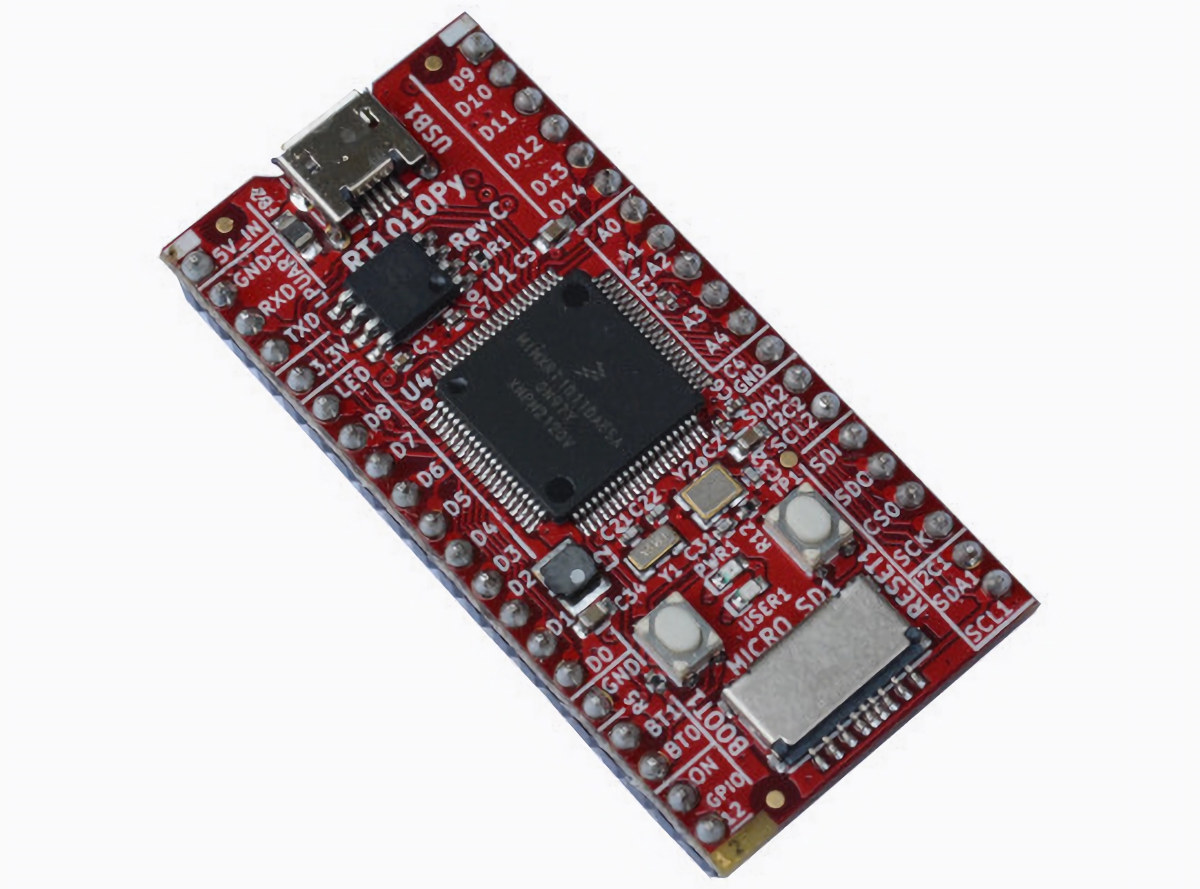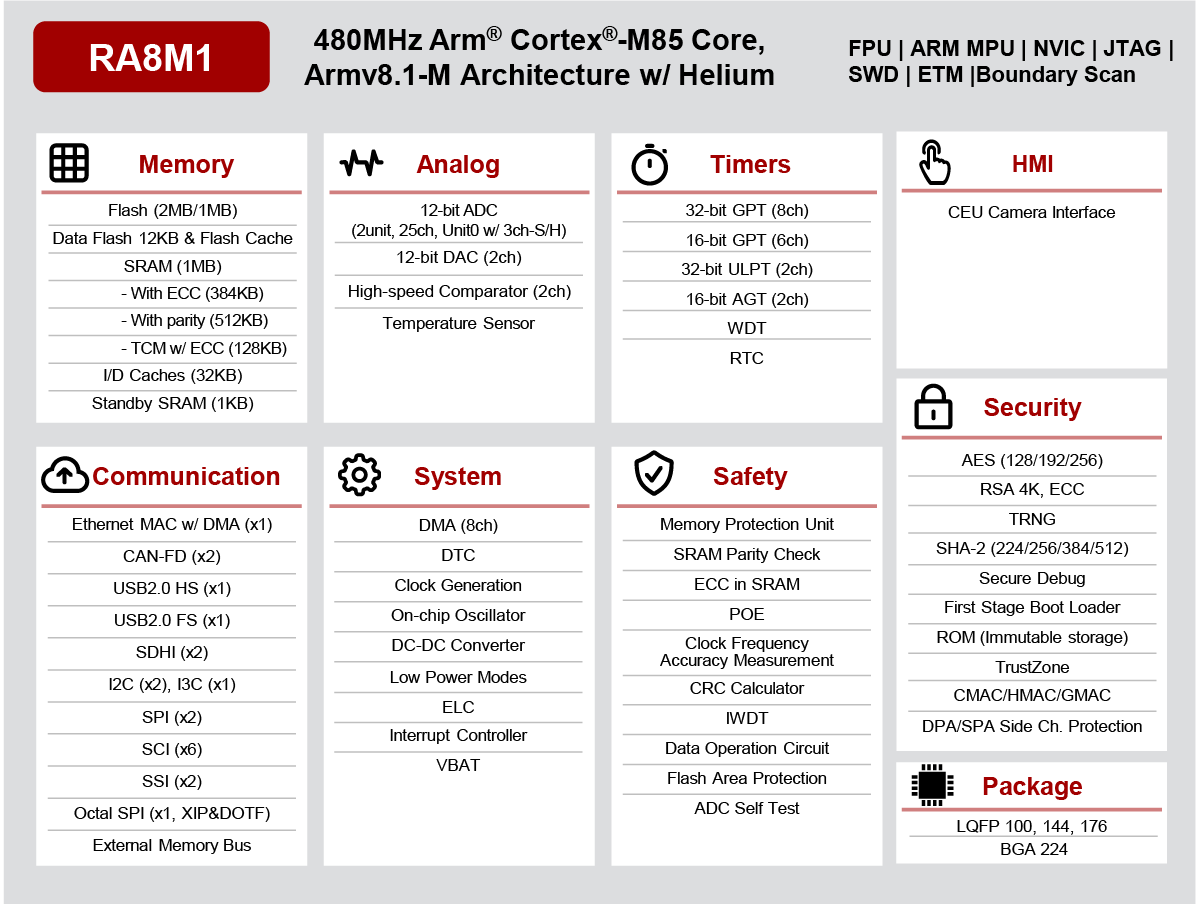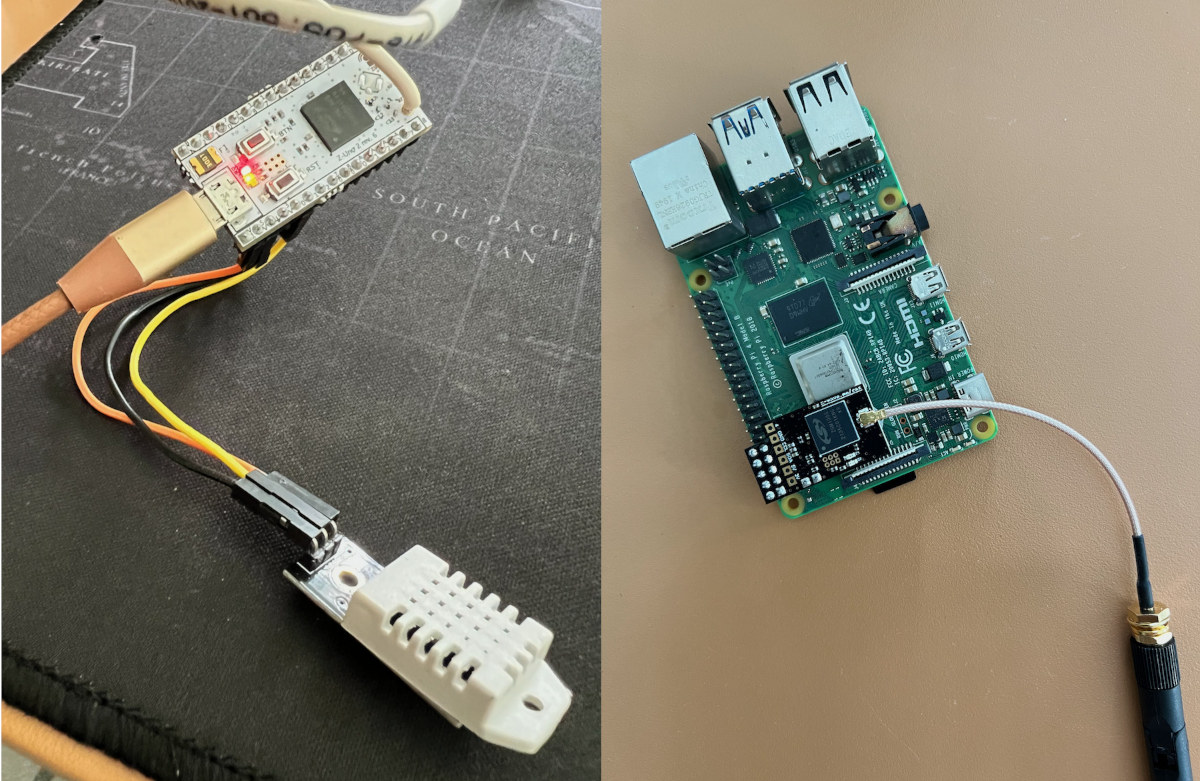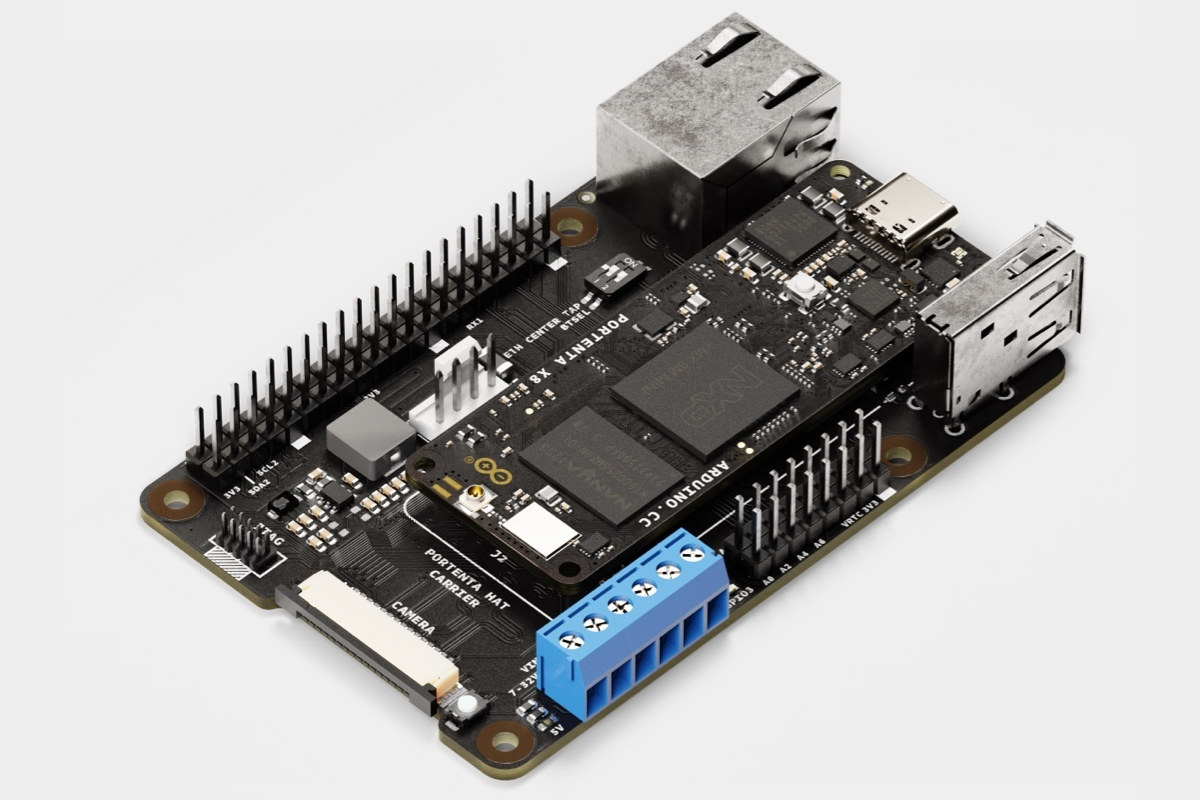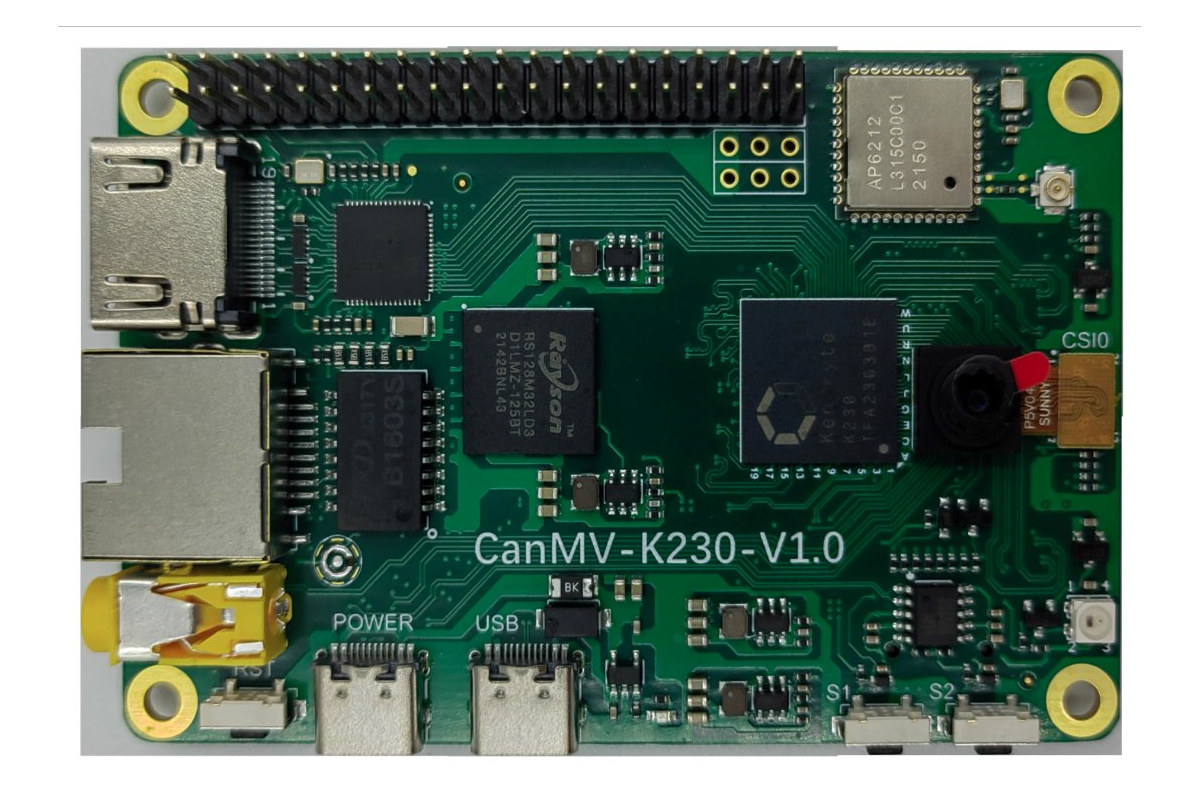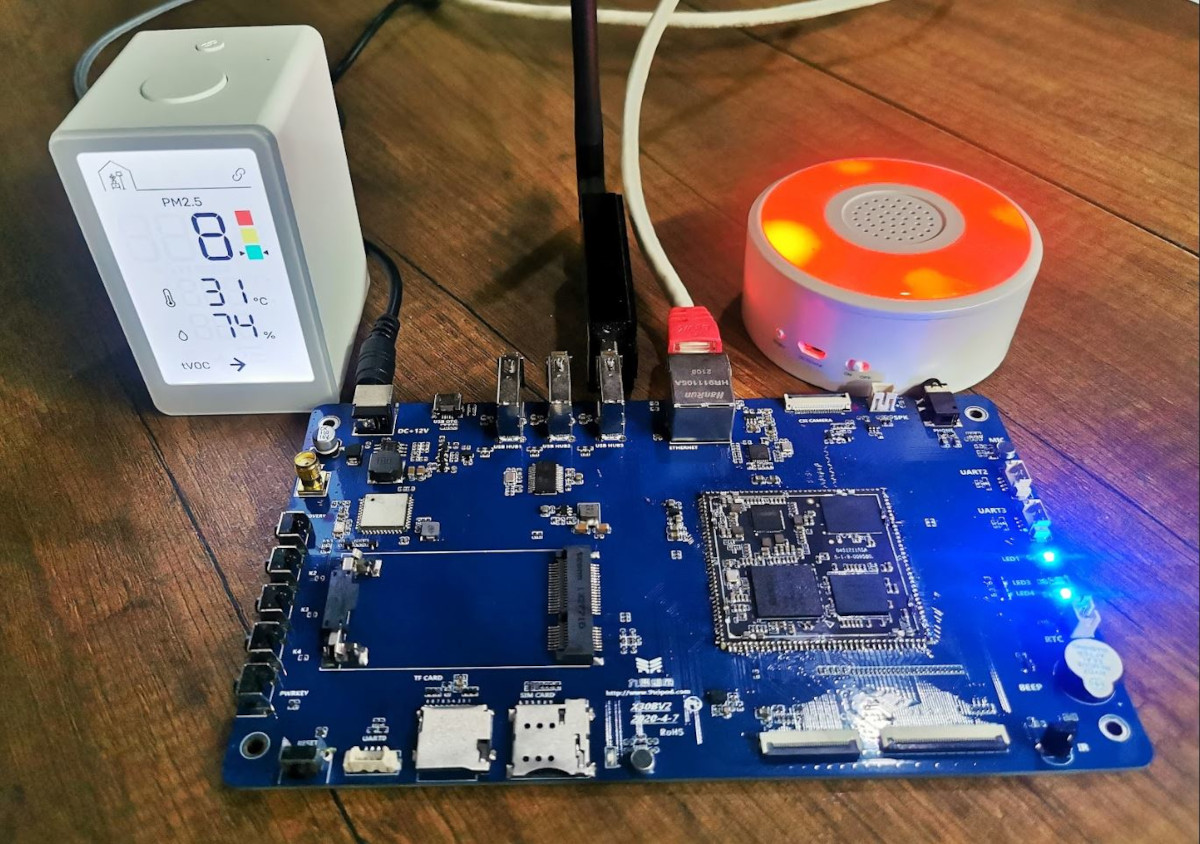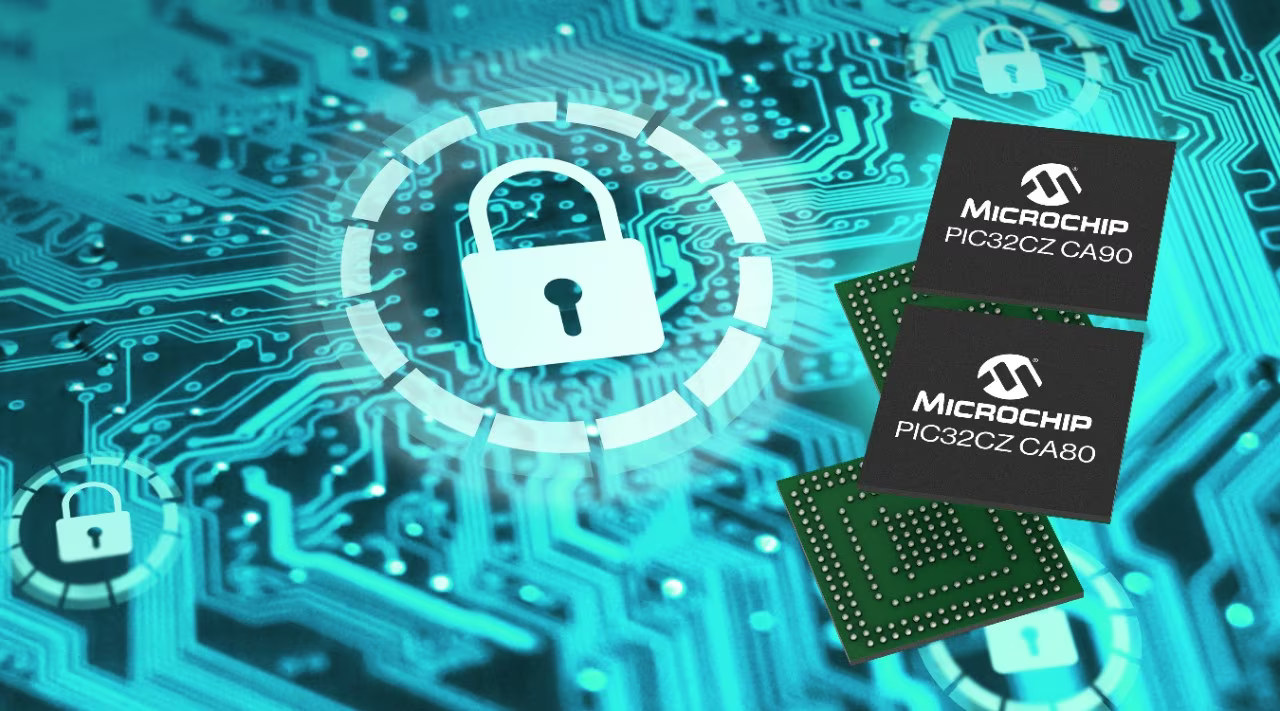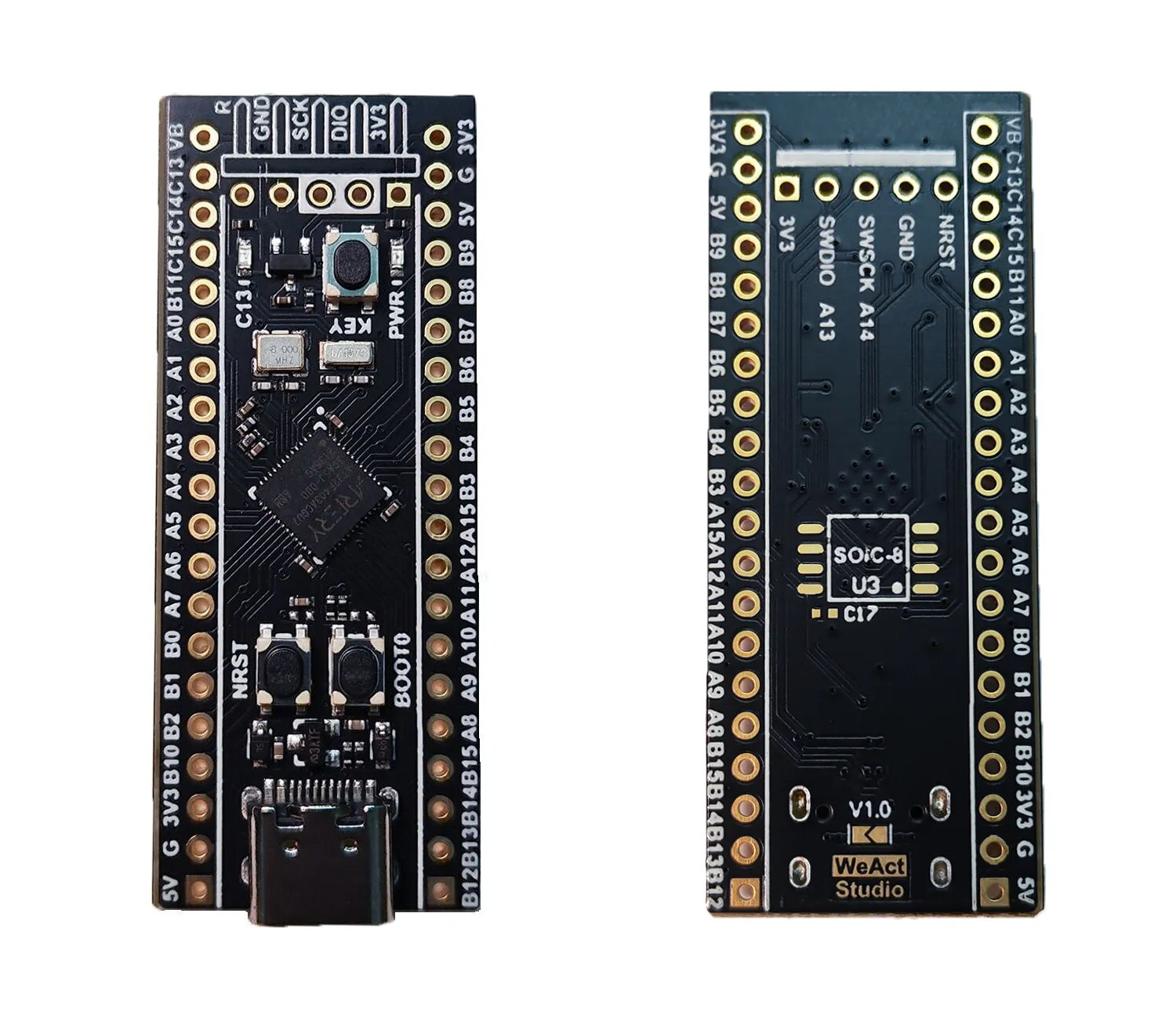Olimex RT1010-Py is a small development board powered by a 500 MHz NXP i.MX RT1011 Cortex-M7 MCU designed to run MicroPython and about four times faster than the Raspberry Pi Pico. The board comes with two 20-pin GPIO headers exposing various interfaces such as SPI and I2C, a microSD card slot for storage, two buttons, and a USB-C Type port for power and programming. The RT1010-Py also includes a 12-pin fUEXT connector to connect Olimex’s UEXT modules via a flat cable. Olimex RT1010-Py specifications: SoC – NXP iMX RT1011 crossover microcontroller with an Arm Cortex-M7 clocked at 500 MHz and 128KB SRAM/TCM Storage – 2MB SPI Flash, microSD card slot USB – 1x USB 2.0 OTG Type-C port Expansion 2x 20-pin headers with up to 15x GPIO, 3x UART, 2x SPI, 2x I2C, 1x I2S, 4x PWM. 5x analog input fUEXT connector (12-pin flat cable 0.5 mm step connector) with […]
Renesas RA8M1 is the world’s first Arm Cortex-M85 microcontroller
Renesas RA8M1 is an up to 480 MHz Arm Cortex-M85 microcontroller with Arm Helium technology to improve DSP and machine learning performance on Cortex-M microcontrollers, and delivering up to 6.39 CoreMark/MHz performance using EEMBC’s CoreMark, or over 3,000 CoreMark at 480 MHz. The Arm Cortex-M85 core was first unveiled in April 2022 as a faster Cortex-M7 alternative and new Arm Helium technology that delivers machine learning performance similar to Cortex-M55 application processor. We had some teases about the upcoming Renesas Cortex-M85 in the last year, but the world’s first Cortex-M85 microcontroller is finally here. Renesas RA8M1 key features and specifications: MCU core – Arm Cortex-M85 clocked at 240 to 480 MHz with Helium MVE (M-Profile Vector Extension) with 32KB I/D Caches and 12KB Data Flash Memory & Storage 1MB SRAM with TCM 1MB to 2MB Flash memory External memory interfaces (CS/SDRAM) Camera – 16-bit Capture Engine Unit (CEU) interface Communication […]
Review of RaZberry 7 Pro Z-Wave Raspberry Pi HAT and Z-Uno2 Z-Wave board
Z-Wave.Me has sent us a couple of Smart Home devices based on Z-Wave technology for review, namely the RaZberry 7 Pro Raspberry Pi HAT and the Z-Uno2 board. The Swiss company has primarily developed Z-Wave products for years and is a member of the Z-Wave Alliance. For those who are concerned about the issues of signal interference in the 2.4GHz range (WiFi, Zigbee, Bluetooth, and Thread), Z-Wave technology is an excellent choice because it operates on a less congested frequency range of 800-900MHz and the technology has been around for more than 20 years, resulting in a wide variety of Z-Wave devices available in the market, and they can work well together across different brands due to a proper certification process which is another advantage when compared to other protocols. The two devices we received are RaZberry 7 Pro, which is a shield that plugs into the 40-pin GPIO header […]
The Portenta Hat Carrier board adds Raspberry Pi HAT support to the Portenta X8 SBC
The Arduino Portenta Hat Carrier board aims to interface the Linux-capable Portenta X8 board with the vast ecosystem of Raspberry Pi HAT (Hardware on Top) expansion boards. Introduced last year, the Arduino Portenta X8 is the first Arduino Pro hardware that can run Linux thanks to its NXP i.MX 8M Mini Arm Cortex-A53 quad-core processor. But it comes in a tiny 66.04 x 25.4 mm form factor which may be great for integration into products, but for prototyping or design of products such as IoT gateways, the company has now launched the Portenta Hat Carrier that enables the board to easily connect with the Raspberry Pi HATs available today. Portenta Hat Carrier specifications: Compatible with the Portenta X8 board and future Portenta with the same high-density connectors Storage – MicroSD card slot Camera I/F – MIPI CSI camera connector (CNXSoft: Arduino does not explicitly say whether it’s compatible with the […]
CanMV-K230 AI development board features Kendryte K230 dual-core 64-bit RISC-V processor
CanMV-K230 is a credit card-sized development board for AI and computer vision applications based on the Kendryte K230 dual-core C908 64-bit RISC-V processor with built-in KPU (Knowledge Process Unit) and various interfaces such as MIPI CSI inputs and Ethernet. The first Kendryte RISC-V AI processor was launched in 2018 with the K210 which I tested with the Grove AI HAT and Maixduino board and found fun to experiment with, but noted that performance was limited. Since then the company introduced the K510 mid-range AI processor with a more powerful 3 TOPS AI accelerator, and the K230 entry-level successor to the K210 – which was planned for 2022 in a 2021 roadmap – has now just been launched and integrated into the CanMV-K230 development board. CanMV-K230 specifications: SoC – Kendryte K230 CPU 64-bit RISC-V processor @ 1.6GHz with RISC-V Vector Extension 1.0, FPU 64-bit RISC-V processor @ 800MHz with support for […]
DSOM-020R PX30 development board review – Unboxing, Benchmarks, and Zigbee gateway
Dusun IoT DSOM-020R PX30 is a development board based on the company’s 1.3GHz Rockchip PX30K quad-core Cortex-A35 module of the same name designed for industrial applications that emphasize reliability and power efficiency. The board comes with various ports and expansion capabilities with support for monitors, microphones, and sensors through its carrier board in order to create prototypes and develop software before integrating the SOM DSOM-020 PX30 system-on-module into your own custom carrier board and product. As the company stipulates on the website, the development board is suitable for AIoT equipment, vehicle control, gaming platforms, smart displays, medical equipment, vending machines, and industrial computers. Let’s start the review with an unboxing of the DSOM-020R PX30 development board to find out more. DSOM-020R PX30 development board unboxing Dusun IoT sent us a basic kit of the DSOM-020R PX30 development board for review with a carrier board, the DSOM-020 PX30 system-on-module module, a […]
Microchip PIC32CZ CA 300 MHz Arm Cortex-M7 MCU features a Hardware Security Module (HSM)
Microchip PIC32CZ CA is a new family of Arm Cortex-M7 microcontrollers with the PIC32CZ CA90 integrating a Hardware Security Module (HSM), and the PIC32CZ CA80 doing without one. The HSM in the PIC32CZ CA90 provides advanced security for industrial and consumer applications and operates as a secure subsystem with a separate MCU on board that runs the firmware and security features including hardware secure boot, key storage, cryptographic acceleration, true random number generator, and more. Microchip PIC32CZ CA key features and specifications: MCU core – Arm Cortex-M7 clocked at up to 300 MHz with 16KB ECC-protected instruction and data L1 cache, up to 256Kb of Tightly Coupled Memory (TCM): 128 KB each of ECC-protected Instruction and Data TCM Memory 512KB or 1MB SRAM with ECC, 8KB SRAM for backup mode 2MB, 4MB, or 8MB flash 2x 80KB boot flash memory 16-bit external bus interface (EBI) – Static memory controller for […]
49 cents “Black Pill” board clone features AT32 Cortex-M4F microcontroller
The “Black Pill” board with an STM32F4 Cortex-M4F MCU is already cheap, but I’ve just come across a clone going for just 49 cents plus shipping (34 cents to Thailand) based on a 240 MHz AT32 (or AT32F4) Cortex-M4F microcontroller with Arduino support. [Edit: the price looks like a lottery and everybody seems to get a different price, and not related to VAT. See comments section] Other features are pretty much the same with two 20-pin headers for GPIOs, an SWD header, a USB Type-C port for power and programming, and a few buttons. WeAct “Black Pill” board specifications: Microcontroller – Artery Technology AT32F403ACGU7 Cortex-M4F MCU @ 240MHz with 96 + 128KB RAM, 256KB zero wait-state flash, 768KB non-zero wait-state flash; note: RAM and flash size are somehow configurable by the user, and the numbers listed here are the maximum capacities. Storage – Footprint for SPI flash USB – 1x […]

